Originally called "City Park" and consisting of just less than 40 acres, Washington Park began as a rather primitive natural area in 1871. The park's evolution into a more manicured, European-style park began with its first keeper, Charles M. Meyers, and was refined again in 1903 after numerous recommendations by the nationally recognized Olmsted Brothers.*
Today, Washington Park covers more than 400 acres and is packed with options for all ages and interests. A few of the sights to explore include: the Oregon Zoo, Washington Park and Zoo Railway, the Japanese Gardens, the International Rose Test Garden, the Rose Garden Children’s Park, the Portland Children’s Museum, the World Forestry Center, the Vietnam Veteran's Living Memorial, the Holocaust Memorial, Hoyt Arboretum, and the archery field. In addition to these destinations, you will find picnic shelters and tables, tennis courts, a soccer field, an amphitheater, and a number of statues and fountains throughout the park. Much of the park is ADA accessible.
More than 15 miles of trails form a network that connects the many options within the park. Some of these trails are part of the “40-Mile Loop” (which is now actually 140 miles long and connects more than 30 city parks). Trails leading to the north from Washington Park will connect to Forest Park and Pittock Mansion, while trails to the south lead to Council Crest.
You can access Washington Park by TriMet bus or MAX light rail. See TriMet’s bus schedule for available options; to arrive via light rail, use the Washington Park MAX station.
* The Olmsted Brothers actually had a hand in creating numerous parks in Portland, including neighboring Forest Park, Peninsula Park (Portland's original rose garden, made public in 1909), and Mount Tabor.

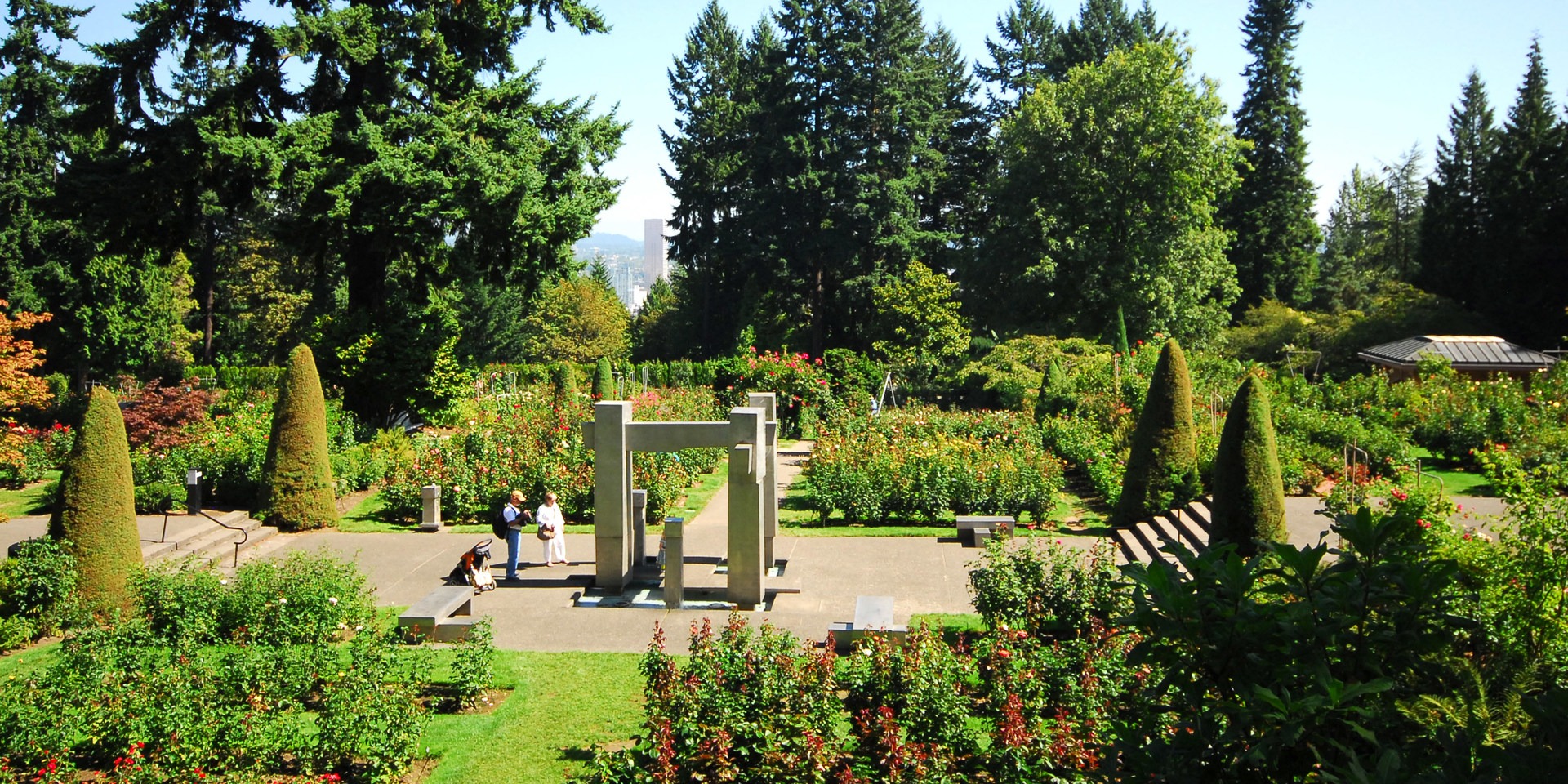






















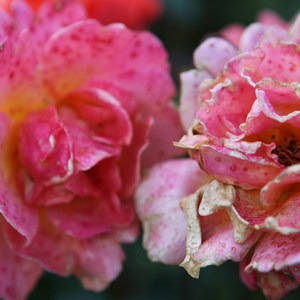

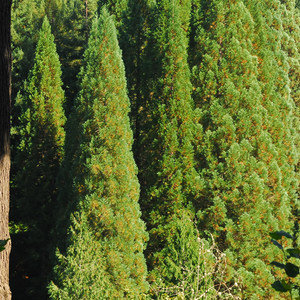
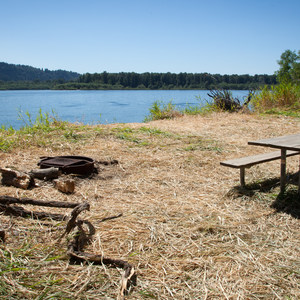
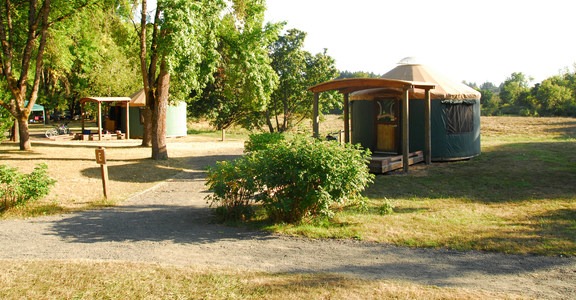



Comments
Sign In and share them.